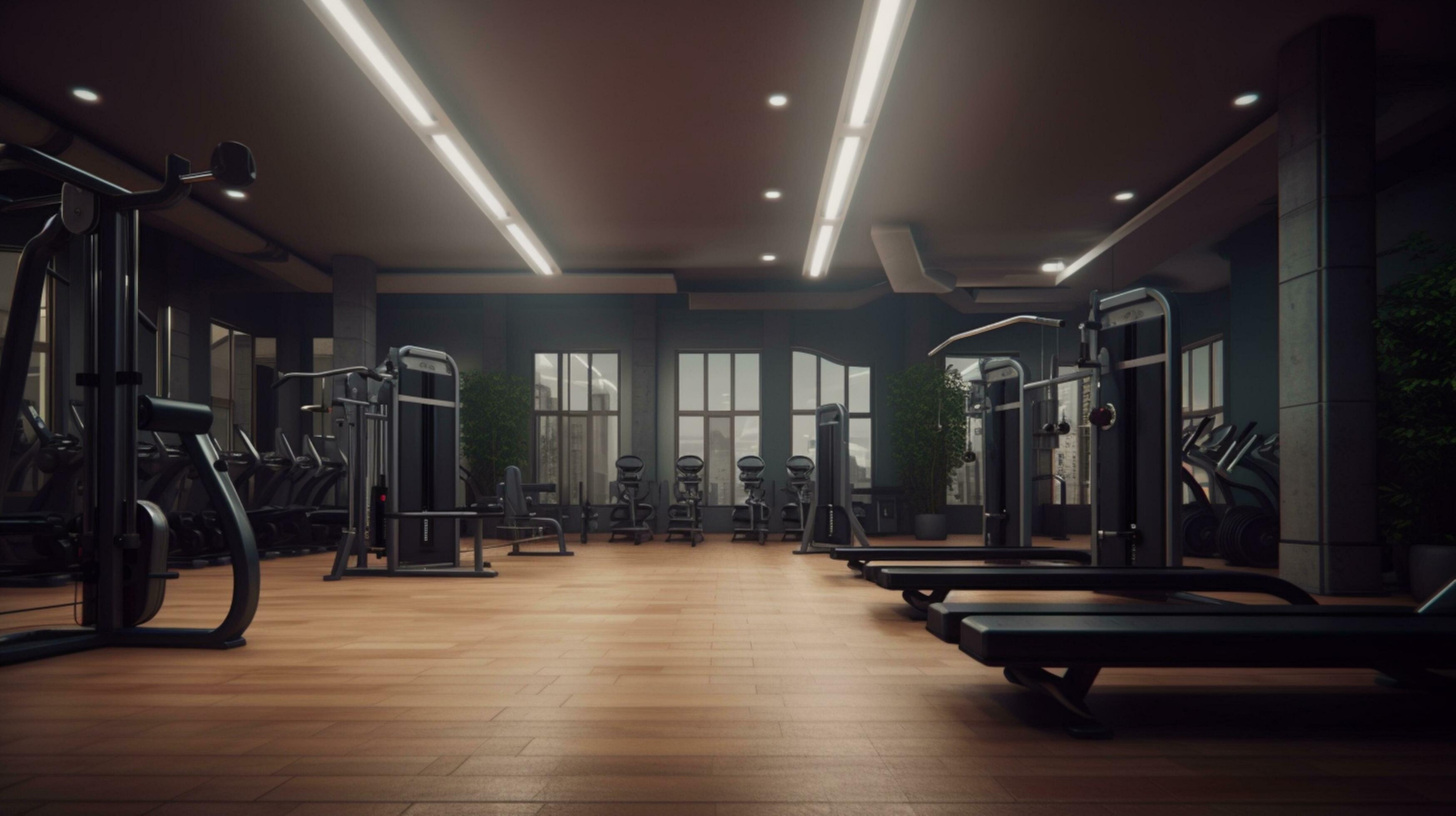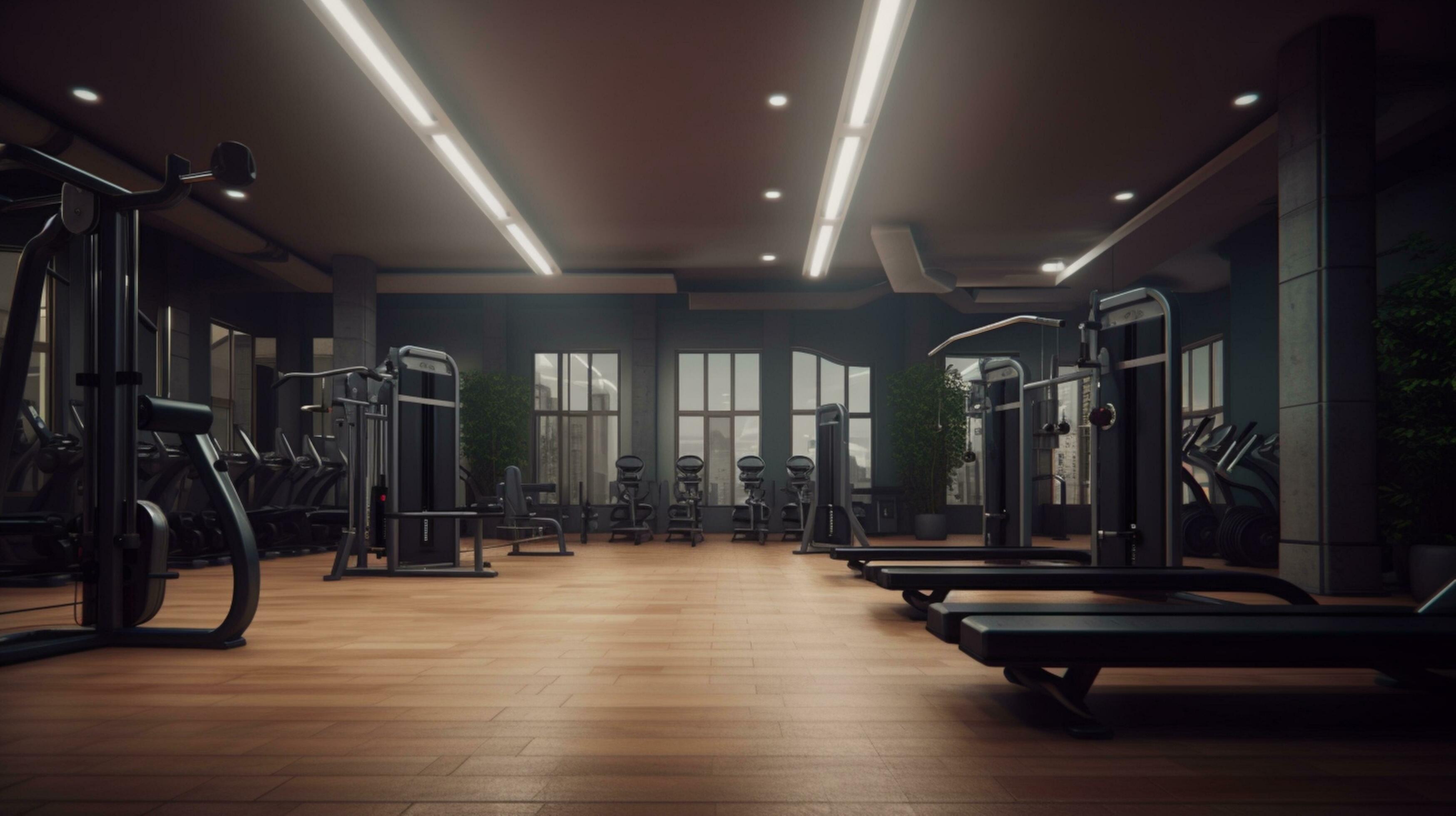-


BenchK WHB+S8 Wall Holder for 2, 5, and 7 Series Wall Bars - Durable & Easy to Install
Regular price $289.00Sale price $289.00 Regular price -


PRx Performance Build Limitless® Wall-Mount Rack
Regular price $599.99Sale price $599.99 Regular price$599.00 -


BenchTop BT204 Beech Wood Multi-Functional Desk & Workout Table for Wall Bars
Regular price $245.00Sale price $245.00 Regular price -


BenchK WH1+S4 Wall Holder for BenchK 1 Series - Durable Laser-Cut Steel, Easy Installation
Regular price $259.00Sale price $259.00 Regular price -


BenchK PS12 Expansion Plugs 10 x 80 – 12-Piece Set for Solid Walls with Fischer Technology
Regular price $99.00Sale price $99.00 Regular price -


BenchK PS8 Expansion Plugs & Screws Set 10x80mm for Solid Brick & Wood Wall Bars - 8 Pcs
Regular price $89.00Sale price $89.00 Regular price -


BenchK BBHB Punching Bag Holder - Height Adjustable Steel Mount for Up to 100 Kg Bags
Regular price $379.00Sale price $379.00 Regular price -


BenchK D8 2-In-1 Pull-Up Bar and Dip Bar – Versatile Home Gym Equipment with Ergonomic Design
Regular price $525.00Sale price $525.00 Regular price -


BenchK B1B Reversible Workout Bench - Durable Steel Frame, Compact Exercise Solution
Regular price $865.00Sale price $865.00 Regular price -


BenchK DB1B Dip Bar - Heavy-Duty Steel, Compact & Portable for Upper Body Workouts
Regular price $629.00Sale price $629.00 Regular price -


BenchK PB3B Steel Pull-Up Bar with 6 Grip Positions, Adjustable Height & Versatile Design
Regular price $549.00Sale price $549.00 Regular price -
Sold out


BenchK PB2B Steel Pull-Up Bar with 6 Non-Slip Handles for Ultimate Upper Body Training
Regular price $379.00Sale price $379.00 Regular price -


BenchTop BenchK BT076M Beech Wood Desk for Wall Bars - Height Adjustable, Minimalist Design
Regular price $245.00Sale price $245.00 Regular price -


BenchK A076 Gymnastic Accessories Set - Durable Oak Rings, Climbing Rope & Swing for Ages 0-80 kg
Regular price $239.00Sale price $239.00 Regular price -


BenchK PB076 Wooden Pull-Up Bar - Adjustable Height, High-Quality Beech Wood, Space-Efficient Design
Regular price $279.00Sale price $279.00 Regular price -


BenchK Series 7 733 Luxury Wall Bars Swedish Ladder - Beech Wood & Steel Design
Regular price $2,735.00Sale price $2,735.00 Regular price
Swedish Ladders & Wall Bars — Multi-Functional Fitness Equipment
Transform your home or gym with BenchK Swedish ladders offering versatile wall-mounted training for mobility, strength, rehabilitation, and family fitness. Premium beech wood and steel construction delivers decades of reliable performance supporting stretching, pull-ups, gymnastics, and therapeutic exercise for all ages.

Frequently Asked Questions
What are Swedish ladders used for?
How do I install wall bars safely?
What wall bar size do I need?
Are wooden or steel wall bars better?
Can children safely use Swedish ladders?
What accessories work with wall bars?
How much weight can wall bars support?
Do wall bars damage walls?
Can I use wall bars for pull-ups?
How do Swedish ladders help flexibility?
What's the difference between BenchK series?
Are wall bars good for home gyms?
Featured Swedish Ladders & Wall Bars




Swedish Ladders & Wall Bars Buying Guide
Choose Construction Type
- Solid Wood: Traditional beech construction offering natural grip, warm aesthetic, and comfortable feel preferred for stretching and gymnastics.
- Steel & Wood Hybrid: Powder-coated steel frames with wood rungs combining commercial durability with hand comfort for heavy use.
- All-Steel: Maximum load capacity and minimal maintenance ideal for commercial facilities and outdoor installations requiring weather resistance.
Measure Your Space
- Ceiling Height: Standard wall bars require 8-foot ceilings. Measure exact height accounting for mounting brackets adding several inches to total.
- Wall Width: Locate wall studs spanning 30-40 inches depending on model. Verify no electrical, plumbing, or HVAC behind mounting location.
- Clearance: Allow 3-4 feet of floor space in front for exercises extending away from wall—leg raises, L-sits, and stretching need room.
Consider Users & Features
- Primary Users: Children's models include safe rung spacing and accessory options. Adult fitness models emphasize pull-up capacity and stretching height.
- Accessories: Budget for pull-up bars ($50-100), gymnastic rings ($30-80), or desk attachments ($100-200) expanding functionality over time.
- Installation: Professional installation ($100-300) recommended for secure mounting. DIY requires stud finder, drill, and comfort with lag bolt installation.
Key Benefits of Swedish Ladders
Mobility & Flexibility
Wall bars enable deep stretches leveraging body weight and gravity impossible on floors. Athletes address hip, hamstring, and shoulder restrictions limiting performance. Daily wall bar mobility routines significantly improve range of motion supporting injury prevention and movement quality essential for strength training and sports.
Rehabilitation Support
Physical therapists program wall bar exercises for controlled movement progressions during injury recovery. Spinal decompression through hanging relieves back pain. Precise rung positioning enables graduated range-of-motion work. Wall bars provide stable support for balance and proprioception training during rehabilitation protocols.
Family Fitness Station
Single wall bar installation serves multiple family members—children develop coordination through climbing while adults perform pull-ups and stretching. Swedish ladders support users from toddlers to seniors with appropriate exercise modifications. Permanent fixture encourages daily movement becoming integral to household fitness culture.
Space Efficiency
Wall-mounted design occupies zero floor space while providing extensive training functionality. Swedish ladders suit small home gyms, apartments, and therapy clinics where square footage limits equipment options. One wall bar replaces multiple stretching tools, pull-up stations, and gymnastics equipment consolidating versatile training into compact footprint.
Compare Swedish Ladders & Wall Bars
| Model | Construction | Key Features | Best For | Price | Shop |
|---|---|---|---|---|---|
| BenchK 100 | Solid beech wood | 8 rungs, compact design, natural finish | Basic stretching, small spaces | $349 | View Details |
| BenchK 111 | Solid beech wood | 8 rungs, adjustable pull-up bar | Adult fitness, pull-up training | $449 | View Details |
| BenchK 112 | Solid beech wood | Convertible desk attachment, 8 rungs | Home offices, dual-purpose rooms | $529 | View Details |
| BenchK 200 | Steel frame, wood rungs | 240kg capacity, commercial-grade | Heavy use, commercial facilities | $699 | View Details |
| BenchK 211 | Steel frame, wood rungs | Professional grade, extended height | Therapy clinics, athletic facilities | $799 | View Details |
| Kids Sets (111/112 + Accessories) | Beech wood with accessories | Rings, rope, swing, safe design | Children's rooms, family use | $599-699 | View Details |
Delivery & Installation
Wall bars ship via freight carrier with 1-3 week delivery timelines. Heavy packaging protects wood and steel during transit. Signature required at delivery. Inspect all components before accepting shipment checking for shipping damage or missing hardware.
Wall bar installation requires locating wall studs, drilling pilot holes, and mounting with lag bolts. Professional installers ensure proper anchoring and level mounting. DIY installation possible with proper tools and wall construction knowledge. Never mount into drywall only—structural support essential.
Confirm wall has wood or metal studs capable of supporting body weight. Brick and concrete walls require specialized masonry anchors. Measure ceiling height and wall width ensuring adequate space. Identify electrical wiring and plumbing behind mounting location avoiding utility damage.
After installation, test stability with light body weight before full training. Verify all mounting hardware tightened to specification. Check rungs for secure attachment. Place mats or soft flooring beneath wall bars for safety. Re-tighten hardware after first week of use as wood settles.
Care, Warranty & Shipping
Swedish ladders require minimal maintenance providing decades of service when properly cared for and installed. Wipe wood rungs monthly with slightly damp cloth removing dust, chalk, and hand oils that accumulate during training—avoid excessive moisture causing wood swelling or warping. Inspect mounting hardware quarterly verifying lag bolts remain tight especially during first year as wood settles. Check rungs for cracks or damage particularly at connection points bearing repeated loading. Apply furniture wax annually to unfinished wood models preserving natural beauty and preventing drying. Steel frame models need minimal care—wipe down powder coat finish removing sweat and chalk. Tighten any loose bolts connecting rungs to frame. Never hang excessive weight beyond specified capacity risking structural damage. Keep wall bars indoors away from moisture—outdoor installation requires specialized weather-resistant models not standard home units. BenchK wall bars include structural warranties covering manufacturing defects in wood and steel components—typically 1-3 years depending on model with extended coverage for commercial use. Warranties exclude damage from improper installation, excessive loading, or environmental exposure. Wood is natural material—minor color variations, grain patterns, and small knots represent normal characteristics not defects. Most wall bars ship freight requiring 1-3 week delivery with appointment scheduling. Professional installation recommended ensuring proper structural mounting. See product pages for specific warranty coverage, care requirements, and installation guidelines maximizing equipment lifespan and training safety.



































